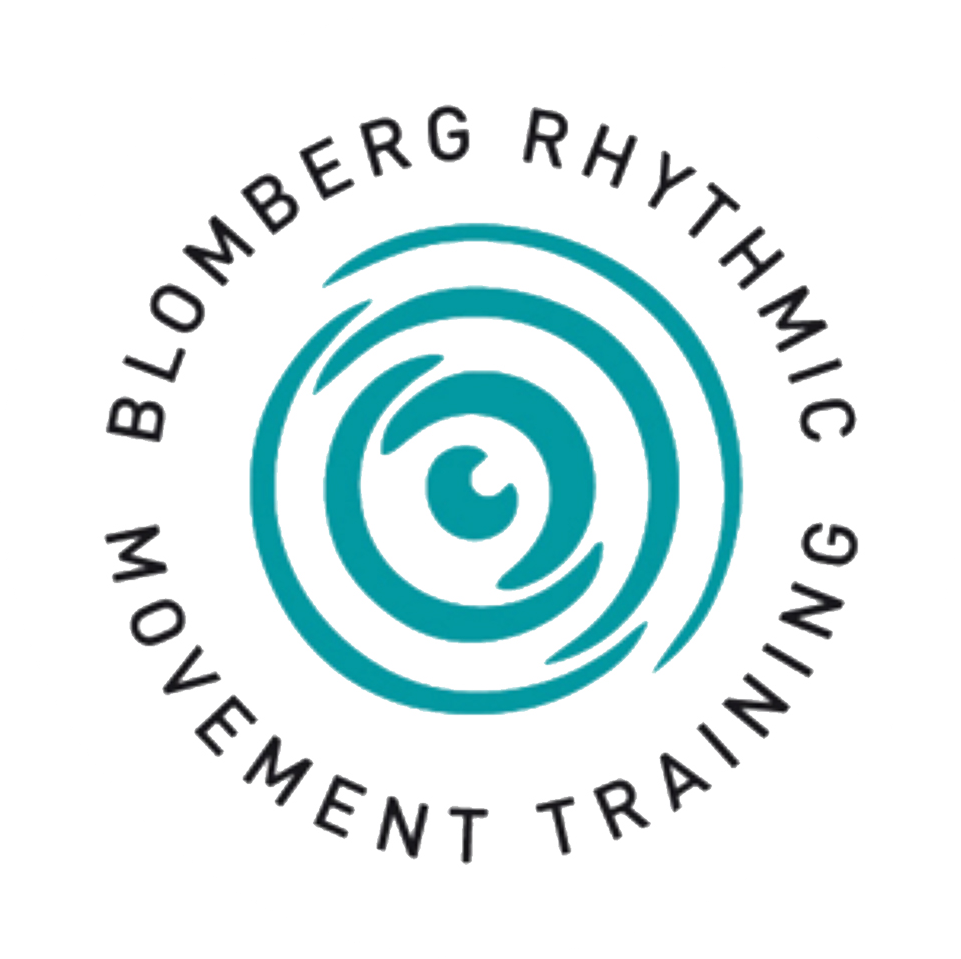
Courses
We currently offer the following courses:
- LEVEL 1 Rhythmic movement training and primitive reflexes (16 hours)
- LEVEL 2 Rhythmic Movements, Emotions and Inner Leadership, The Limbic System (14 hours)
- LEVEL 3 Rhythmic Movements, Reflexes and Vision Reading and Writing Difficulties (16 hours)
- BRMT Introduction lecture and workshop * (4 hours)
- Rhythmic Movement Training for Toddlers and Preschoolers (14 hours)
- Rhythmic Movement Training and Diet for Sustainable Health in Autism and Other Challenges (16 hours)
- Rhythmic Movement Training and Reflexes in Cerebral Palsy and Other Motor Disabilities (14 hours)
- Rhythmic movement training and reflex integration for pain management, part 1 (16 hours)
- Rhythmic movement training and reflex integration for pain management, part 2 (14 hours)
- Rhythmic Movement Training and Reflex Integration, Dreams, Creativity and Inner Healing (16 hours)

Course Information
BRMT Introduction Lecture and Workshop *
For anyone who want to get to know BRMT. (4 hours) via Zoom or In Person.
It provides a practical and theoretical insight into the method. You experience and learn some passive and active rhythmic movements. You will test a primitive reflex and integrate it with isometric pressure.

This introductory course is mandatory for those who are new to the method and wish to sighn up for BRMT Rhythmic Movement Training for Toddlers and Preschoolers.
Very beneficial as an intro for those who are signing up for Rhythmic Movement Training and Reflexes in Cerebral Palsy and Other Motor Disabilities.
This introduction is always given right before these courses.
Blomberg RMT LEVEL 1
Rhythmic movement training and primitive reflexes
No previous knowledge required

In theory and practice you will learn how and why rhythmic movements and reflex integration can create space for play, learning and social interaction.
You will receive information about the most important primary reflexes that can interfere with development, and how you can integrate them through specific rhythmic movements.
After this thorough class you will be able to start using the movements on yourself and your family as well as your clients.
Blomberg RMT LEVEL 2
Rhythmic Movements, Emotions and Inner Leadership, The Limbic System
Previous knowledge: BRMT LEVEL 1 OR BRMT Pain Management Part 1

This course enables us to work with movements to get in touch with our emotions, and to stabilize emotions when they threaten to take command.
The limbic system regulates memory, emotions, feelings of caring and affection. The rhythmic movements and reflex integration support the ability to distinguish the upper and lower body. This is important for the continuous development of imagination and creative ability. With stronger nerve connections in the central nervous system, the relationship between thoughts and feelings also improves.
This course deals with reflexes that affect the emotions, stress and anxiety.
The
course also deals with reflexes that especially affect our emotions:
You learn what to do when people get strong emotional reactions to
rhythmic movements. It is a necessary tool for anyone who wishes to
work with Rhythmic Movement Training.
Blomberg RMT LEVEL 3
LEVEL 3 Rhythmic Movements, Reflexes and Vision Reading and Writing Difficulties
Previous knowledge: Level 2 or Pain Mamagement, part 2
This course deals with how our reading and writing ability is affected by various factors such as vision, articulation and motor skills. You will learn about cognitive, visual and auditory development and the cooperation between the two hemispheres. Dr. Blomberg lays out the theory about different types of dyslexic problems. We learn to test for non-integrated primitive reflexes and recognize other motor limitations that are important in dyslexia.
You will also learn the effect of stress on eye movements and auditory perception. Emphasis is on recognizing visual problems and improving sight and reading by combining rhythmic and visual exercises.
We
will use our own perception in recognizing visual problems and
improving perception through a combination of different visual and
rhythmic reflex integration exercises.
Rhythmic Movement Training and Diet
for Sustainable Health in Autism and Other Challenges Part 1
Previous Knowledge: preferably BRMT Level 1
This course addresses the importance of nutrition and nutritional supplements for working with rhythmic movements, not only in autism but also in ADHD, dyslexia and various motor problems.
Food intolerance increases and can interfere with exercise. This course teaches you how to test food intolerance and supplements and how to use supplements. We learn about the gut and how inflammation in the nervous system affects people with neuropsychiatric problems.
The course also deals with primary reflexes that occur especially in autism and how the training should be given to children with autism and ADD.
Rhythmic Movement Training in Preschool / Kindergarten
for Younger Children
Previous Knowledge: BRMT Introduction Lecture and Workshop* OR BRMT Level 1 OR other entry course

This course examines most reflexes taught at BRMT level
1-3, with an emphasis on understanding the reflex patterns and
integrating the reflexes through games and activities.
This comprehensive overview of BRMT provides insight into childhood games lost in the age of technology, which can be reused with the intention of integrating reflexes.
The course is particularly suitable for teachers, preschool teachers, (grand) parents, caregivers and physiotherapists. Tools are used to make reflex integration fun and playful by offering alternatives to exercises and isometric integration.
Activities can be used with larger groups of children and at home.
Rhythmic Movement Training and Reflexes
in Cerebral Palsy and Other Motor Disabilities
Training class with adults and children (2 days)
Recommended previous knowledge: BRMT Introduction Lecture and Workshop* OR BRMT Level 1 OR other entry course

This course addresses the physical challenges that active reflexes play in
cerebral palsy and similar disabilities such as gluten ataxia, stroke,
head or nervous system injury, and birth trauma. This course is suitable
for therapists, parents, caregivers or anyone dealing with severe motor
problems or spasticity.
People with congenital or acquired
motor disability such as strokes and accidents are also welcome. Those
present will receive an individual training program for continuous
progress and growth in the home and clinical environment. Each
participant can bring 1-2 extra persons (parents/assistants) if
necessary.
Rhythmic movement training and reflex integration
for Pain Management part 1 and 2

These two courses treat muscle tension that overloads the neck, spine and joints and causes inflammation in the muscles, osteoarthritis of the joints and spine, pelvic rotations and skeletal abnormalities such as scoliosis or kyphosis. We integrate primary reflexes and stress reflexes that are overactive due to trauma, prolonged stress wear and tear or injury.
We learn a system that allows us to discover which reflexes are most important to integrate in different states. There is a lot of practical work to integrate reflexes both on others and by ourselves.
We learn about supplements that are important for our nervous and musculoskeletal system. To test with kinesiological muscle tests and simmilar ways of testing will be taught.
The courses are designed for anyone interested in holistic therapies and healing movement methods. Physical therapists, doctors, body therapists and all because of their own or someone else's issues.
Rhythmic movement training and reflex integration
for Pain Management, part 1
No previous knowledge required
This course covers the basic principles of BRMT and muscle tension due to emotional stress and active stress reflexes and what you can do about them. It also addresses environmental causes to stress and problems with the musculoskeletal system.
We test primitive reflexes that can cause muscle tension, osteoarthritis, skeletal deformity and joint pain.
We examine the rhythmic movements and experience the body's reactions to them. We test for primitive reflexes and integrate them with rhythmic and isometric reflex exercises on ourselves and a partner. We learn to correct bumps and a rotated pelvis.
We learn a system that will help us find out which reflexes are most important to integrate in different issues.
The course also addresses environmental factors that contribute to stress and musculoskeletal problems.
Rhythmic movement training and reflex integration
For Pain Management, part 2
Previous Knowledge: Level 2 or Pain part 1
In this course we learn to test and integrate primary reflexes that cause muscle tension, pain, osteoarthritis and deformity at different levels: jaws, neck, thoracic spine, lumbar spine, hips, legs, knees, feet, shoulders and elbows. We use rhythmic movements and other exercises integrate all the reflexes that can cause a rotated pelvis and work with hip pain to prevent osteoarthritis of the hips.
We go deeper in the balancing system to find out which reflexes are most important to integrate depending on the complaints of the client. We learn how to test for nutrition and supplements that are important for our nervous system and our musculoskeletal system.
Rhythmic movement training and reflex integration
Dreams, Creativity and Inner Healing (2 days)
Previous Knowledge: Pain Management part 1 and 2 OR BRMT Level 1 and Level 2
This intense
course gives participants tools to work with the sometimes scary dreams
that can be caused by Rhythmic Movement Training.
The symbols of such
dreams are often similar to symbols of myth and folk tales. We discuss the meaning of these symbols for healing
and integration to awake our creativity and clear traumas that has taken hold of our systems.
We
look at how we can use this information when working with
our energycenters, the chakras, in way of integrating reflexes with
rhythmic movements and isometric excersizes with our clients.
Participants are encouraged to do the movements for a period and keep a dream diary to bring to the course.
